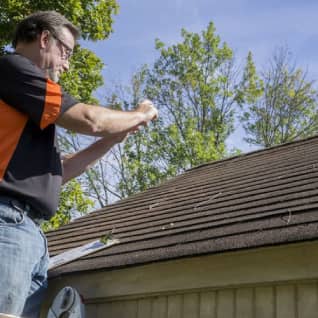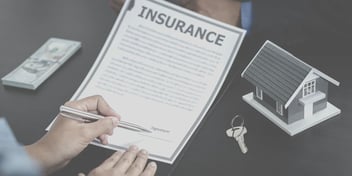- Home »
- Learningcenter »
- Ways finance roof purchase
Roof Installments: 5 Ways to Finance Your New Roof Purchase

Though roof replacements typically cost between $5,600 and $11,800, a long list of factors can influence the final bill. Everything from the size and complexity of your roof to the type of roofing material you choose for your replacement will impact the total cost. In some cases, replacing a roof can cost tens of thousands of dollars.
Few homeowners have that type of cash lying around, even on the lowest end of the scale.
For this reason, it's common for people to use some kind of financing to pay for a roof replacement. In this article, we'll take a close look at five different ways you can finance your new roof purchase and touch upon the possibility that your insurance might cover some of the cost if the project results from storm damage or another covered event.
1. Tap Into Your Home's Equity
One of the first things you might want to look into when you're deciding how to finance your new roof is whether or not you're a good candidate for tapping into your home equity.

How much you can borrow will depend on your ownership stake (aka equity) in the property. In order to find out how much equity you have in your home, you'll need to subtract the value of your house from the remaining mortgage balance.
Take Out a Home Equity Loan
A home equity loan is one of the ways that you can use the equity you have in your home as collateral to borrow money. With this type of loan, you receive the money as a lump sum and typically sign on for a fixed rather than variable interest rate.
Home equity loans are also called second mortgages, home equity installment loans, and equity loans. How much a homeowner can borrow is based on the difference between the market value of the home and the mortgage balance due. Typically, the loan amount is based, in part, on a combined loan-to-value ratio of eighty or ninety percent of the home's appraised value. However, a homeowner's credit file and credit score will impact the interest rate and terms offered.
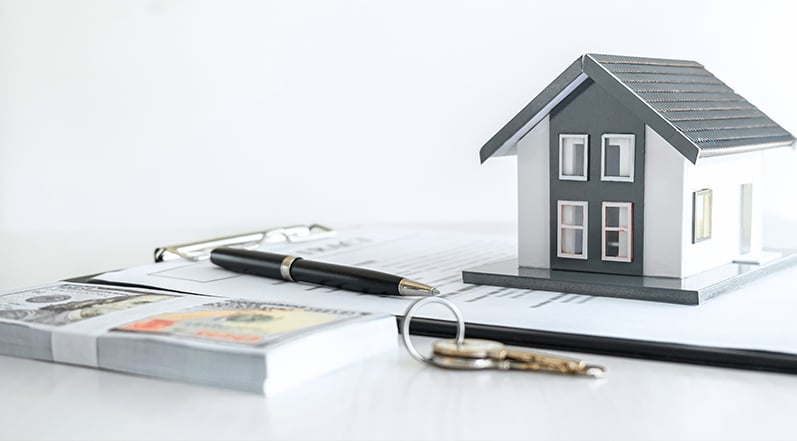
One of the great things about home equity loans is that the fixed interest rate is typically quite a bit lower than the rate you'll receive for a personal loan or for credit cards because your house is serving as collateral. The downside, of course, is that you can end up losing your house if you aren't able to make the payments.
Use a Home Equity Line of Credit
Rather than a lump sum like a home equity loan, a home equity line of credit (HELOC) is a revolving line of credit, much like a credit card. This means that you can draw on the line of credit as you need it for a set period of time.
The draw period usually lasts five to ten years, and the repayment period typically lasts ten to twenty. During the repayment period, you can no longer draw on the line of credit.

Another difference between home equity loans and home equity lines of credit is that while home equity loans usually have fixed interest rates, HELOCs typically have a variable interest rate.
Just like with a home equity loan, the APR can be lower than with credit cards and personal loans because the homeowner is borrowing against their home's equity. Lines of credit can be nice compared to a lump sum loan because you're only taking out as much as you need, but variable interest rates can be risky, as you don't know how the interest rate will change over time.
It's important to only take out this line of credit if you are confident you will be able to keep up with the payments, as the property is the collateral which means that you can lose your home if you can't repay what you've borrowed.
Get a Cash-Out Refinance
A third way you can tap into your home's equity in order to finance your roof is to get a cash-out refinance. This can give you access to a big chunk of cash that can be used to replace your roof, upgrade your home, pay down debt, or basically use it in any way you please.
Rather than a loan or a line of credit, this is a refinancing option that lets you take advantage of the equity that you have in your home. Essentially, you take on a new, larger mortgage, part of which pays off your old mortgage, and the rest of the money goes right into your pocket. This means you won't be adding a new monthly payment to your list of bills, but your monthly mortgage payment will be higher.
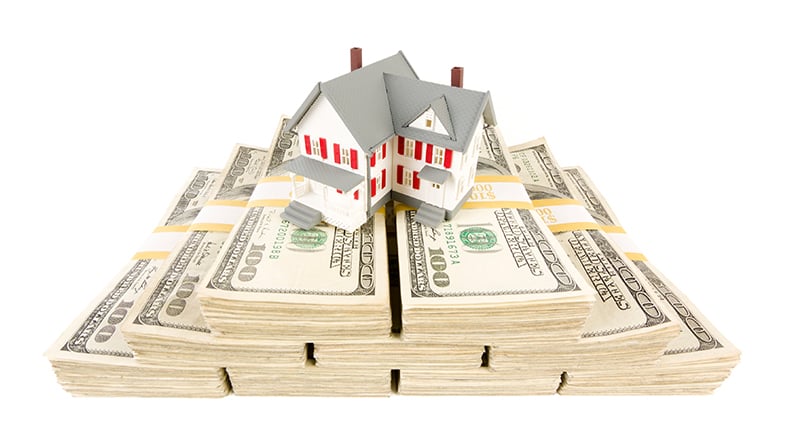
Much like home equity loans and HELOCs, you can enjoy lower interest rates borrowing money this way versus credit cards and personal loans because your home is serving as collateral. At the same time, you'll have to pay closing costs when you refinance (often two to four percent of the loan amount), and failing to repay the loan can result in losing the property.
2. Credit Cards
Credit card rates aren't nearly as favorable as those you can get with a home equity loan, HELOC, or cash-out refinance, but if you have strong credit, you might be able to qualify for a card with a promotional 0% APR introductory rate.

When you open a credit card account with one of these promotional offers, it means that you can borrow money for a limited amount of time without building up any interest. How long you get to enjoy a 0% interest rate will vary, but it's usually somewhere between 12 and 21 months.
Of course, you'll want to make sure that you will be able to pay back what you borrow within the agreed-upon period– otherwise, you can end up paying a much higher interest rate than you would with some of these other options. It's also important to read the fine print if you expect to still carry a balance after the 0% APR introductory period, as some companies will charge you interest for the entire amount you borrowed over time and not just the remaining balance.
3. Personal Loan
Another option when it comes to financing your new roof is a personal loan. You don't risk losing your house if you aren't able to repay the loan since the loan isn't secured by any collateral, but the trade-off is that the interest rate will be higher than with a HELOC, home equity loan, or cash-out refinance.

Your credit score and credit file will impact the interest rate you'll be offered for personal loans– for example, a homeowner with a credit score of 760 or higher will likely be able to secure a much more favorable interest rate than someone with a credit score between 640 and 679.
4. Government Funded Home Improvement Loan
It's also possible that you could qualify for a loan from an FHA-approved lender in order to pay for your new roof.

This can be a reasonable option for people with less than ideal credit, as these loans require lower minimum credit scores than other options.
FHA 203(k) Loan
If you don't have enough equity in your home to take out a home equity loan or HELOC, you might qualify for an FHA 203(k) loan. Issued by lenders approved by the Federal Housing Administration (FHA), these loans are given out in order to help people purchase or refinance homes that need a little TLC.
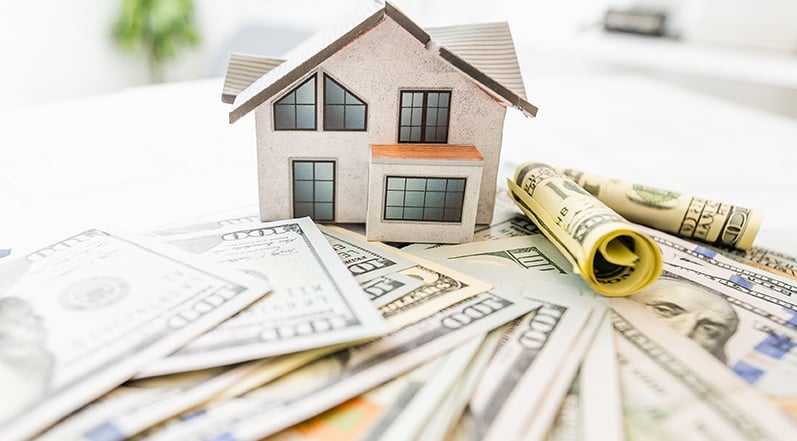
There are both standard and limited 203(k) loans, with the limited option probably sufficient for most roof replacement jobs as they cover repair costs up to $35,000.
If you're also financing more extensive structural repairs in addition to putting a new roof on your home, you might look into the standard option. You are allowed to borrow either the sum of the cost of the home plus the renovation cost or 110% of the anticipated value of the property after finishing the renovations– whichever is less.
FHA Title 1 Loan
Title I loans are also available through FHA-approved lenders. Designed specifically to finance home improvements that substantially improve the basic livability of the home, these are fixed-rate loans that require you to have a DTI (debt-to-income ratio) of 45% or less.
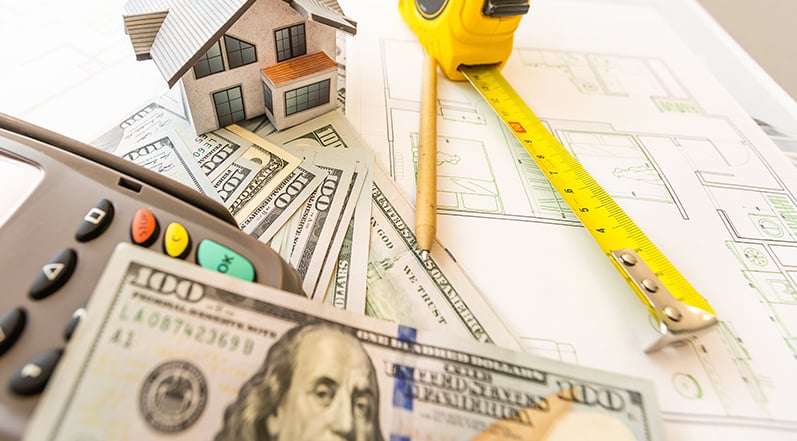
For loans under $7,500, your home doesn't have to serve as collateral. For larger loans, though, you will have to secure the loan with your home via your mortgage or a deed of trust. This means that it could cost you your home to default on one of these loans.
5. Financing Through Your Roofing Company
Some roofing companies offer in-house loans or financing through a partnership with a third-party financial company. There can be a great deal of variation regarding the rates and terms for these loans, as they will depend on your credit profile, the roofing company, and the third party they work with to offer financing.
This can be an appealing option because the process can be fairly quick– you can often apply online or over the phone. This type of loan is usually an unsecured personal loan or line of credit specifically designed for home improvement purposes.

That being said, you will want to closely read the fine print before you accept this type of loan. You'll want to pay close attention to advertised introductory interest rates. Before making a decision, it's important to understand how the rate will change once the introductory period is over and how your monthly payments will be affected by the new rate.
Even though financing through the roofing company can feel like the simplest option, it's always important to shop around and compare rates. Consider researching and pre-qualifying for a few different types of loans or lines of credit so you can get a sense of your other options– when you're seeking a loan for any reason, rate shopping is always a smart move.
Will Insurance Cover the Cost of a New Roof?
Before you start applying for loans or lines of credit, it's a good idea to closely examine your homeowner's insurance policy. For example, if you are replacing your roof because it was damaged in a storm or a fallen tree, your insurance might cover the cost. It's possible that you will have to pay a deductible before the coverage kicks in, though, so you'll want to examine whether or not it's worth going through insurance, given the out-of-pocket cost.
Additionally, if you have a new home covered under a home warranty or purchased a home warranty, your coverage might include roof repairs that are required due to leaks.

Colony Roofers is always happy to help you with your roof insurance claim– we can give you an accurate estimate that you can use when you are filing your claim. We are also able to interact with your insurance company on your behalf to ensure that you will get the full benefit of the claim.
Wondering How to Finance Your New Roof Purchase? Colony Roofers Is Here to Help
Few home improvement projects are as crucial as a roof replacement– failing to get a new roof when the old system fails can significantly harm your home.
At the same time, putting an entirely new roofing system on your house is a big investment. Luckily, there are a number of financing options out there that can allow you to borrow the money you need and repay it at a reasonable rate over a period of time.
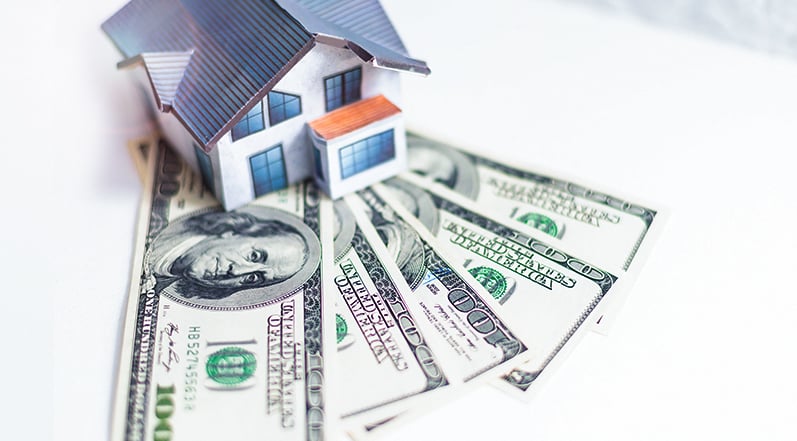
At Colony Roofers, we're always happy to help you figure out which financing option is best for you. If you're starting to think about a roof replacement, get in touch, and we can help answer any questions you might have regarding financing. We are always more than happy to structure your roof installation in the way that makes the most sense for you.
Is it time for you to get a new roof in the Atlanta area? Contact us today to schedule a free thirty-minute inspection and estimate.
 Call (678) 365-3138
Call (678) 365-3138

